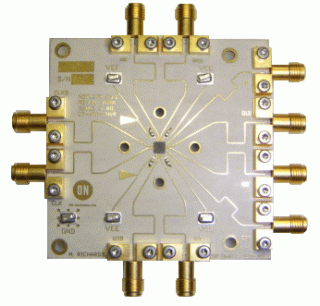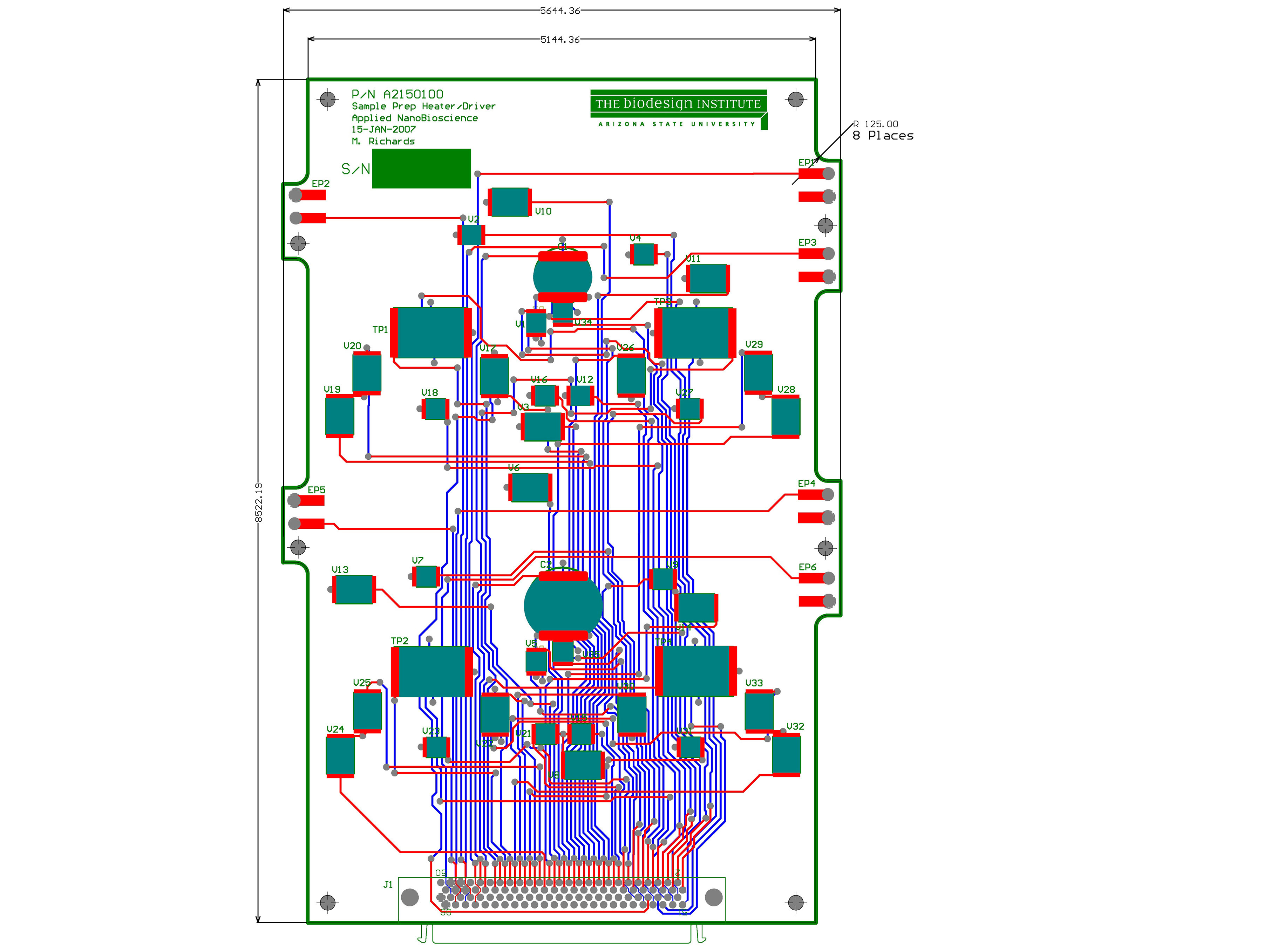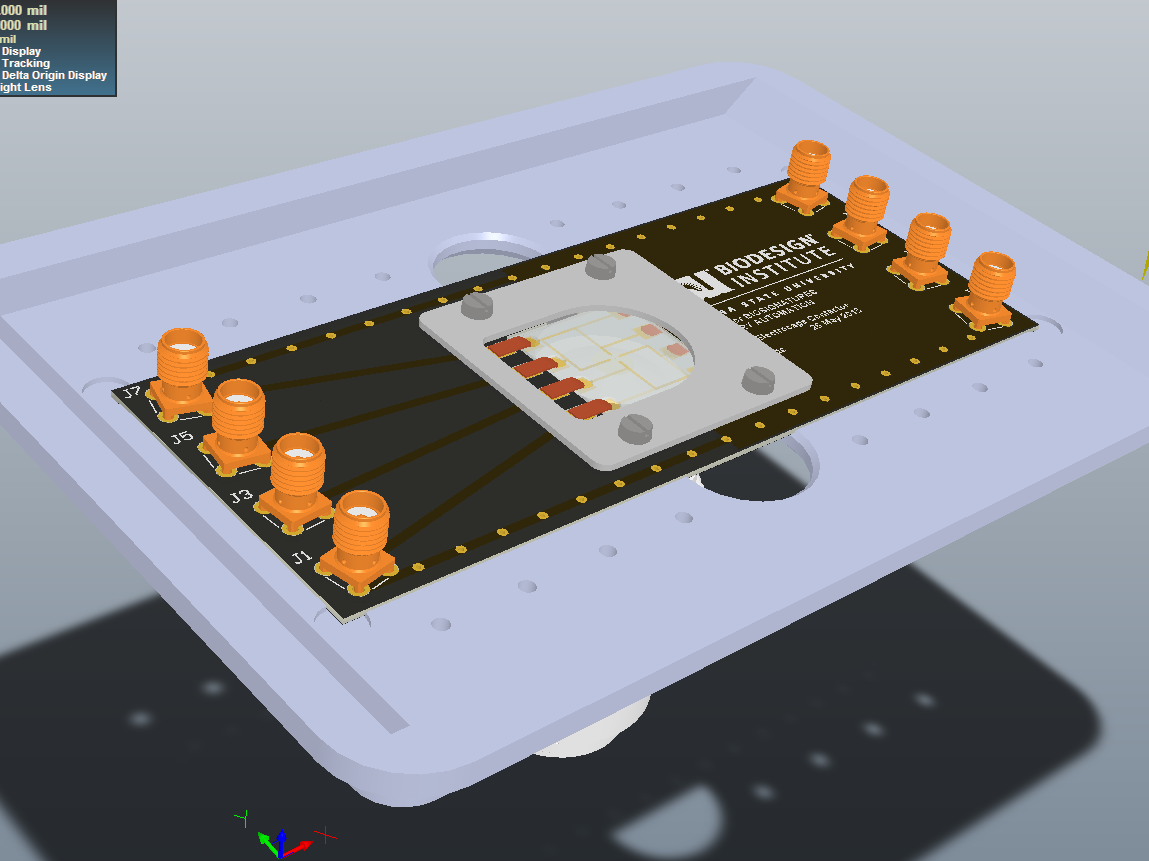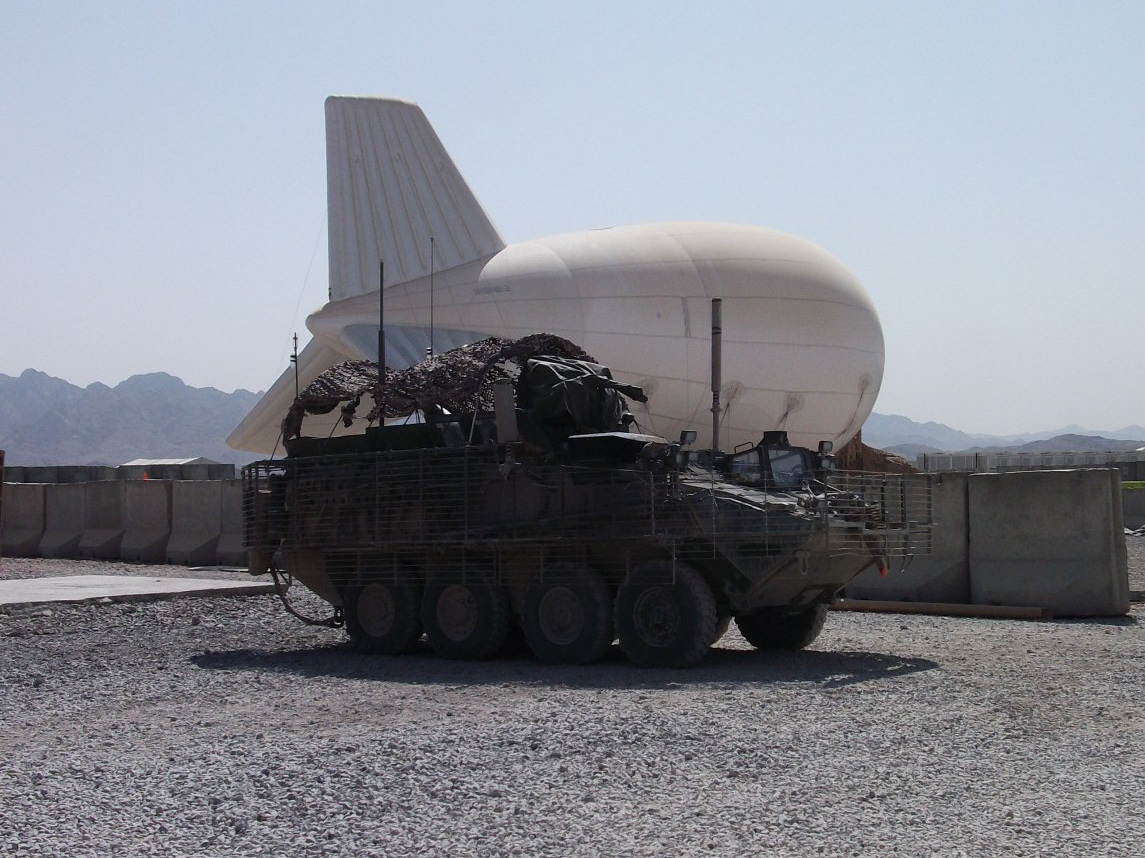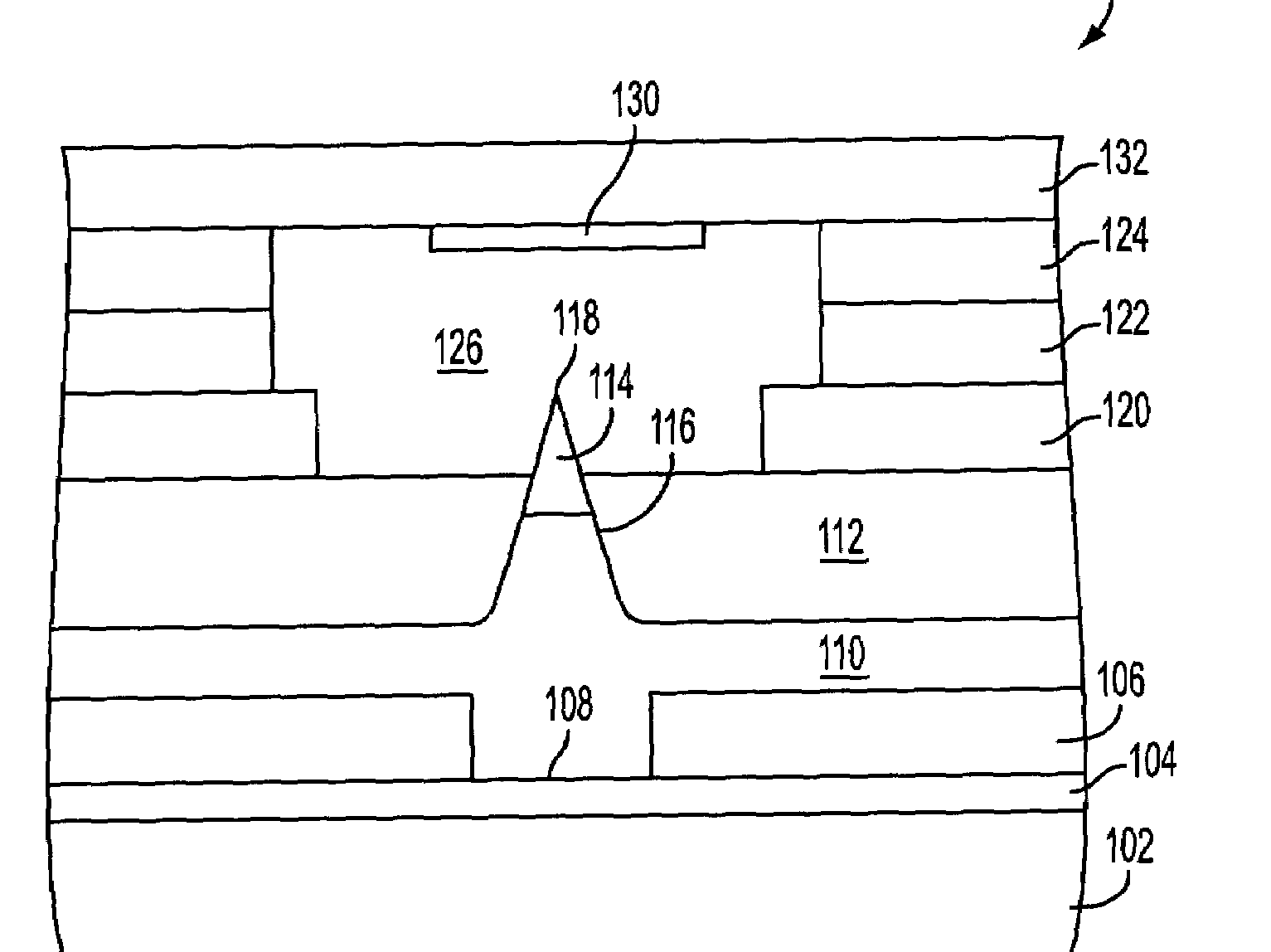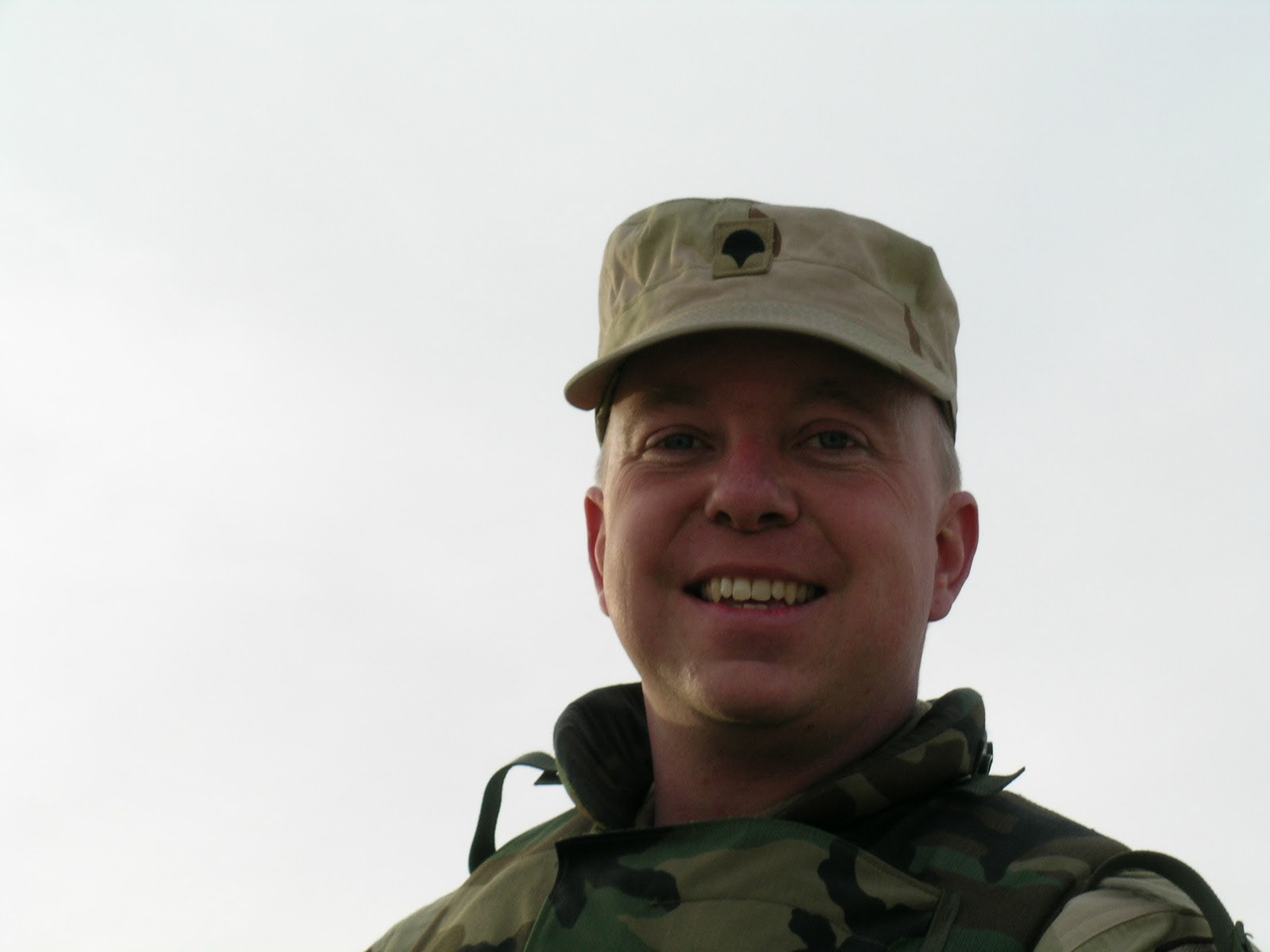I left Motorola in January of 2001 and joined the engineering team at ON Semiconductor. At the time, they had no in-house capability to design high-speed printed circuit boards for testing or developing their ultra-fast silicon-germanium (SiGe) devices. Their new chips operated at clock speeds ranging from 4GHz to 20GHz. That meant every feature on the board had to be designed using Maxwell's equations, and the boards themselves required exotic materials and precision tolerances far beyond the capabilities of the average PCB manufacturer of the time.
I worked with Rogers Materials to develop a custom Teflon substrate, bonded to .031" copper. Next, I designed a full-factorial experiment to help the PCB fabrication facility (Prototron Circuits) dial in their etch process. Working closely with both the raw material vendor and the board manufacturer, we were able to obtain controlled impedance to within 0.5 ohm from board to board on the microstrip lines. This ensured that the boards induced little or no measurement error, allowing true test and characterization of the actual devices. I also created stripline and coplanar waveguide designs, and performed RF/microwave simulation using ANSYS HFSS software.
For my first several months at ON Semi, I worked under the tutelage of Fred Kost, a brilliant microwave engineer and one of the designers of the attack radar on the F-16 Falcon aircraft. I owe him a debt of gratitude for taking me under his wing and teaching me volumes about high-speed RF and microwave design.
You can see a handful of my original designs below.


